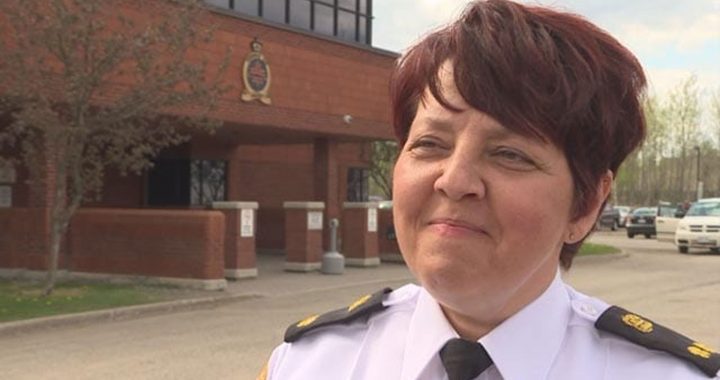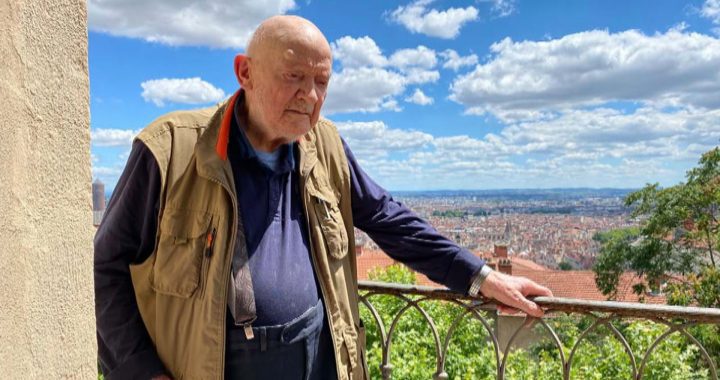A collective called the Niitsitapi Peace Camp say they set up a tipi site in June this year to keep track of racism experienced by Indigenous people in Cardston. They say the A&W incident is just one example of the many they are gathering weekly.
“We put up the camp to address the racism and discrimination in the town of Cardston. We are documenting it,” said camp member Kim Weasel Fat. “We don’t have a physical camp anymore but we are working on a strategic plan and next steps.”
Stewart Brown Weasel is one of the group members who spoke to APTN National News. As a collective, the camp does not have a central spokesperson or leader.
Brown Weasel said he is surprised at how little has changed in the 20 years he has lived in the area.
“it has gotten worse,” he said. “That is why we are bringing awareness.”
Other group members are Roger and Annette Young Pine. Russell Running Bird and Delcy Healy.
Since the peace camp started, member Shauna Fox says that there is a sense of pride in the community.
“They are standing up to the racism now, instead of just letting it go like it was normalized behaviour,” she said. “We aren’t only a place to report, we have sharing circles so it is restorative, healing.”










Cardston was formed on fugitives fleeing the law from the U.S.Canada colluded with them and allowed them to squat on Blackfoot traditional territory. The U.S. had a treaty in 1855; Canada was not even a country; through John A. MacDonald; they ignored the U.S. and British laws and allowed these immigrants to stay and are still here.
Cardston was formed on fugitives fleeing the law from the U.S.Canada colluded with them and allowed them to squat on Blackfoot traditional territory. The U.S. had a treaty in 1855; Canada was not even a country; through John A. MacDonald; they ignored the U.S. and British laws and allowed these immigrants to stay and are still here.
As Indigenous peoples, we should take to heart the example of Richard Patrick of the Saik’uz First Nation in BC. During WW2, Private Patrick was personally rewarded with a medal for bravery by King George at Buckingham Palace. After the war, in 1946, Mr. Patrick entered a Vanderhoof restaurant to have a meal. He was ordered out of the restaurant, because it was their policy not to serve “Indians.” Arrested and sent to jail, Mr. Patrick returned ten more times to the restaurant, only to be incarcerated each time. But he never gave up, never let discrimination win. We have to follow this example, or things will never change for us.
Mormon town…..they’ve always been like that
As Indigenous peoples, we should take to heart the example of Richard Patrick of the Saik’uz First Nation in BC. During WW2, Private Patrick was personally rewarded with a medal for bravery by King George at Buckingham Palace. After the war, in 1946, Mr. Patrick entered a Vanderhoof restaurant to have a meal. He was ordered out of the restaurant, because it was their policy not to serve “Indians.” Arrested and sent to jail, Mr. Patrick returned ten more times to the restaurant, only to be incarcerated each time. But he never gave up, never let discrimination win. We have to follow this example, or things will never change for us.
Mormon town…..they’ve always been like that